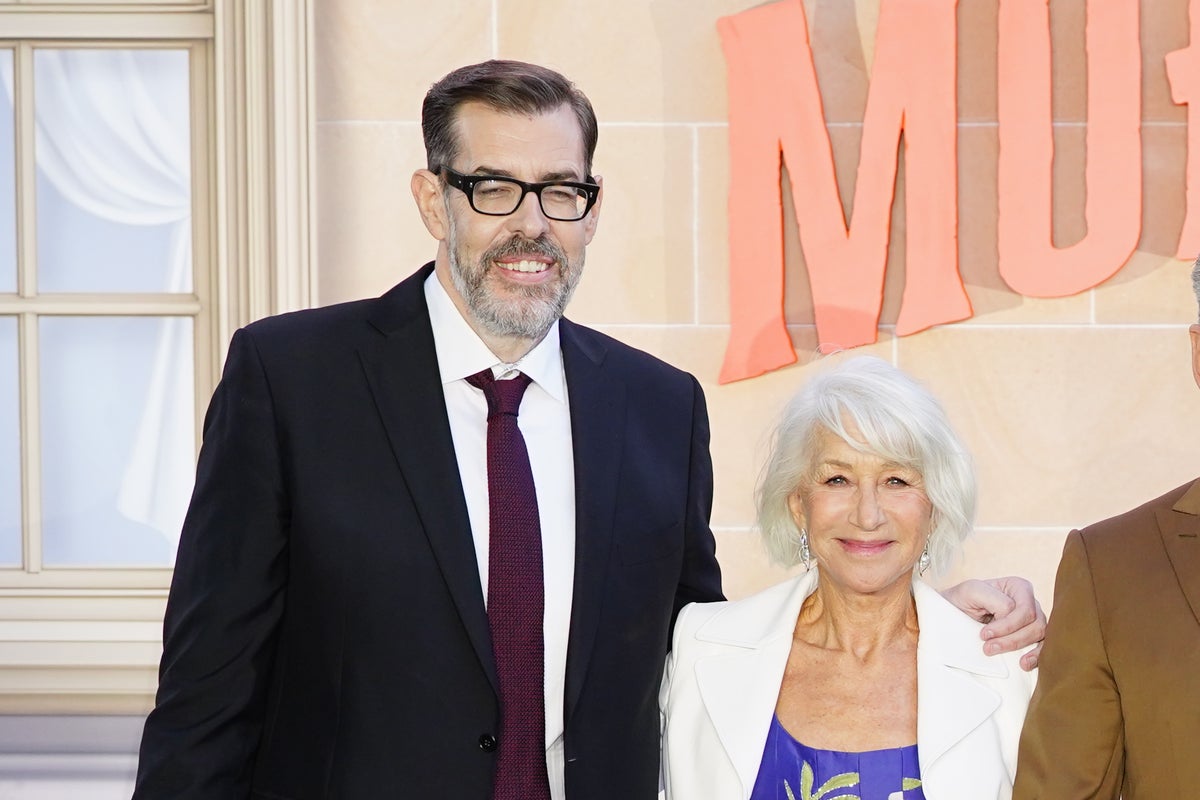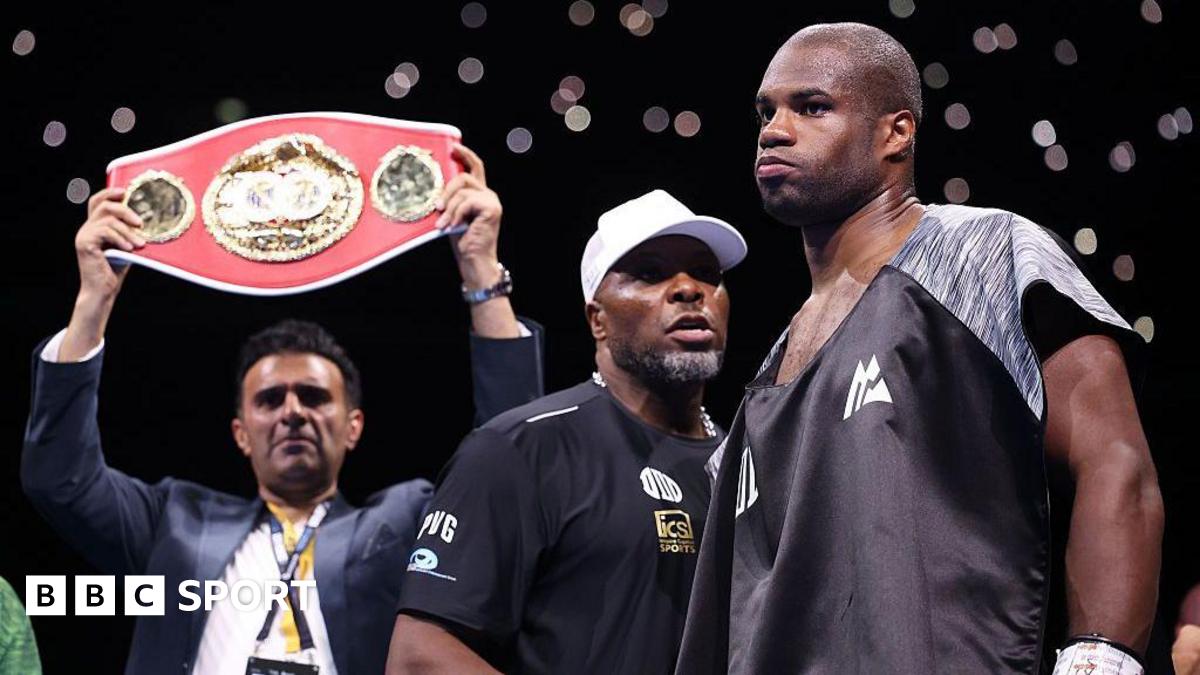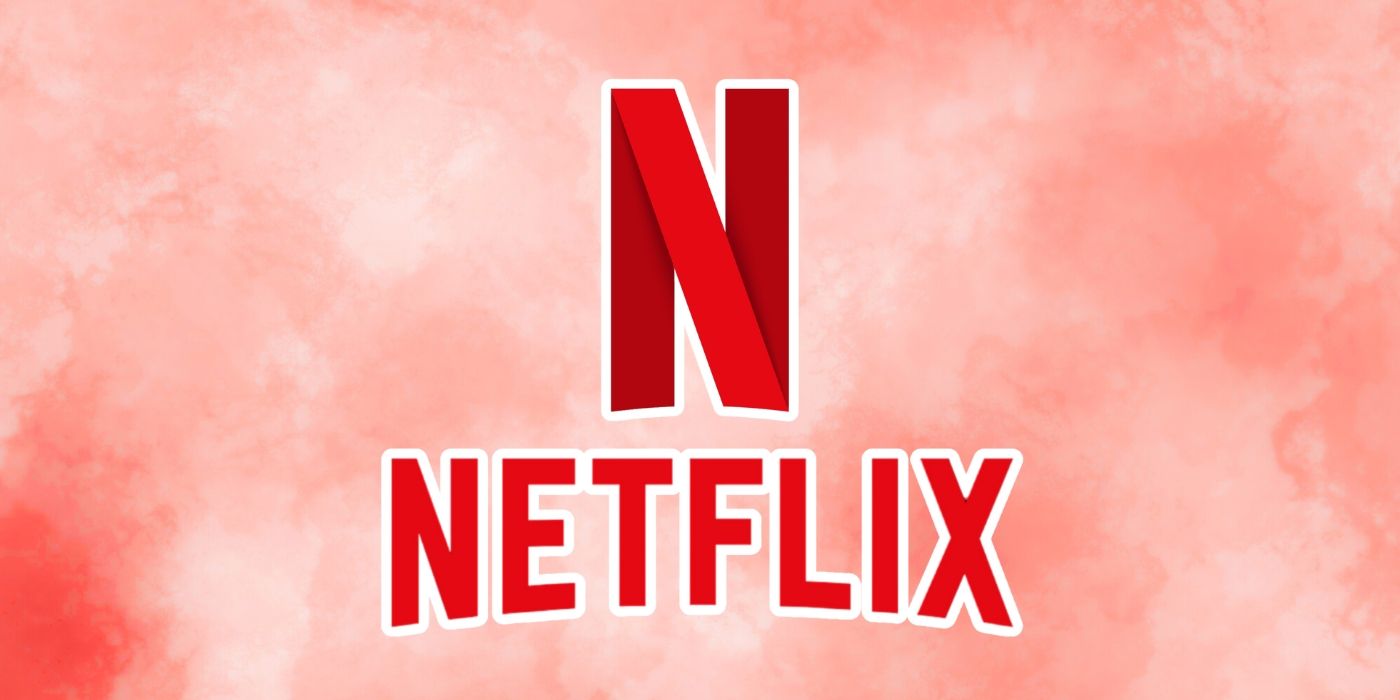Hiring a Team Member, Not a Document: Building Stronger Work Culture

Key Takeaways

- Focus on the Individual: Prioritize the person behind the resume, assessing personality, culture fit, and potential for growth to build a thriving team.
- Build Human Connections: Emphasizing human connection during the hiring process fosters collaboration and enhances employee engagement and retention.
- Evaluate Soft Skills: Use behavioral-based interviewing techniques to identify candidates’ soft skills, which are essential for maintaining a strong workplace culture.
- Consider Team Dynamics: Align potential hires with your existing team’s culture and values to improve engagement and reduce turnover.
- Involve the Team in Hiring: Engaging multiple team members in the recruitment process promotes diverse perspectives and ensures a strong cultural fit.
- Long-Term Focus: A team-oriented approach to hiring fosters long-term relationships and a cohesive workplace environment, enhancing overall employee satisfaction and retention.
In today’s fast-paced work environment, hiring the right team member is crucial for your success. It’s easy to get caught up in the paperwork and qualifications on a resume, but remember: you’re looking for a person, not just a document. The right fit can elevate your team’s performance and drive innovation, while a poor choice can lead to setbacks and frustration.
When you focus on the individual behind the credentials, you open the door to a more dynamic and cohesive workplace. Skills and experience matter, but so do personality, culture fit, and potential for growth. By prioritizing these human elements, you’re not just filling a position; you’re building a team that thrives together. Let’s explore how to shift your mindset and approach to hiring, ensuring you find a true team player who will contribute to your organization’s goals.
Understanding the Concept of Hiring a Team Member Not a Document

Hiring a team member transcends the confines of a job description or résumé. You focus on cultivating human connections that foster collaboration and success within your small business.
Importance of Human Connection
Human connection plays a pivotal role in building a cohesive team. You engage with potential job candidates beyond their qualifications, assessing their personality, values, and cultural fit. This approach enhances employee engagement and retention. When you prioritize personal connection during the recruitment process, you invest in team dynamics that contribute to a vibrant workplace culture.
The Role of Human Resources
Human resources (HR) act as a bridge between your staffing requirements and the talent pool. HR professionals streamline the hiring process by developing effective recruitment strategies. They utilize recruitment software to manage job postings, screen candidates, and enhance candidate experience. Effective HR policies ensure compliance with labor laws, ultimately supporting employee development and satisfaction. Through proper onboarding and continuous training, you empower new hires, fostering growth and enhancing performance reviews.
The Drawbacks of Traditional Hiring Practices

Traditional hiring practices often revolve around candidates’ paper qualifications, focusing on past experiences and academic degrees. This approach has specific drawbacks that can impact your small business’s staffing efficiency and overall success.
Emphasis on Paper Qualifications
Prioritizing traditional qualifications may lead to a skills gap within your team. Candidates’ previous experiences or formal education rarely paint a complete picture of their current skills or potential. You might overlook capable candidates who haven’t taken conventional career paths yet possess skills that align with your organization’s needs. For small businesses, embracing a broader approach to evaluating candidates can unlock unique talent and enhance your workforce diversity.
The Risk of Overlooking Culture Fit
Focusing solely on qualifications risks overlooking cultural fit—an essential aspect of your small business’s success. A misalignment between a candidate’s values and your workplace culture can lead to staff turnover, decreased employee engagement, and poor employee performance. When you prioritize team building during the hiring process, you increase the chances of finding individuals who not only have the right skill set but also align with your company’s mission and values. This alignment fosters employee satisfaction and improves long-term employee retention.
By re-evaluating your recruitment strategy, you can connect with candidates that fit your small business’s unique environment. Improved hiring processes enhance your team dynamics and contribute to overall employee wellness and morale.
Strategies for Hiring a Team Member

Effective hiring strategies focus on finding candidates who fit well within your team’s dynamics and contribute positively to your small business’s goals.
Evaluating Soft Skills
Evaluating soft skills enhances your recruitment process by identifying candidates who can thrive in team environments. Use behavioral-based interviewing techniques during your candidate screening. Ask questions like, “Tell me about a time you worked with a difficult team member” or “Describe how you adapted to a new process quickly.” These questions encourage candidates to share specific examples that showcase their interpersonal skills, adaptability, and conflict resolution abilities, crucial for maintaining a strong workplace culture.
Prioritizing Team Dynamics
Prioritizing team dynamics improves employee engagement and retention in your organization. Assess how potential hires align with your current team’s culture and values during the interviewing phase. Create job descriptions that emphasize collaborative skills and highlight the importance of teamwork. Consider including team-building activities in the onboarding process to foster immediate connections among new hires and existing employees. By focusing on cultural fit, you enhance workforce diversity, reduce staff turnover, and promote a collaborative environment that motivates everyone to excel.
The Benefits of a Team-Oriented Hiring Approach

A team-oriented hiring approach enhances your organization’s collaboration and productivity. Engaging multiple team members in the recruitment process leads to greater insight into candidates and helps ensure a robust cultural fit.
Enhanced Collaboration and Productivity
- Diverse Perspectives: Multiple team members participating in hiring brings diverse viewpoints. This comprehensive evaluation reduces the risk of bad hires and promotes a balanced assessment of candidate skill sets. Each team member can evaluate candidates based on their experiences, providing a complete view of their potential contributions.
- Shared Responsibilities: Distributing hiring tasks among team members alleviates pressure on individual recruiters. This collaboration fosters a more efficient recruitment process. By sharing responsibilities, you create space for creativity and strategic thinking, ultimately enhancing the hiring process’s effectiveness.
Long-Term Employee Retention
- Stronger Cultural Fits: Hiring team members rather than documents fosters long-term relationships. Engaging with job candidates on a personal level leads to a better understanding of their alignment with your small business’s values. This cultural fit, crucial for employee satisfaction, reduces turnover and promotes a cohesive workplace environment.
- Focused Onboarding Strategies: A collaborative hiring process enhances onboarding experiences. When hiring teams are involved in onboarding, they provide continuous support and guidance. This fosters seamless integration of new hires into the team and promotes higher employee engagement.
By prioritizing a team-oriented approach in your recruitment strategy, you build a committed workforce capable of achieving your business goals.
Conclusion

Hiring the right team member goes beyond qualifications and resumes. It’s about finding individuals who align with your culture and enhance team dynamics. By prioritizing human connections in your hiring process you not only improve employee engagement but also foster a collaborative environment that drives success.
Embracing a team-oriented approach allows you to tap into diverse perspectives and create a more balanced assessment of candidates. This strategy not only reduces turnover but also cultivates a committed workforce ready to achieve your business goals. As you rethink your recruitment practices remember that the best hires are those who contribute positively to your team’s culture and dynamics.
Frequently Asked Questions

Why is hiring the right team member important in a fast-paced work environment?
Hiring the right team member is crucial because it helps build a cohesive team that can adapt quickly to changes. Focusing on personality and culture fit ensures that employees collaborate effectively, leading to enhanced productivity and job satisfaction.
What should be prioritized when hiring, skills or personality?
While skills are important, hiring should prioritize personality and cultural fit. This approach leads to better teamwork, employee engagement, and retention, fostering a dynamic work environment.
How does human connection influence team cohesion?
Human connection strengthens team cohesion by encouraging collaboration and trust among team members. Engaging with employees beyond their qualifications builds relationships that contribute to a positive workplace culture.
What role does HR play in the hiring process?
HR professionals play a vital role in bridging staffing needs and talent. They streamline the hiring process, ensure compliance with labor laws, and facilitate effective onboarding and training programs.
How can traditional hiring practices be improved?
Improving traditional hiring practices involves re-evaluating what’s prioritized during recruitment. Emphasizing cultural fit and soft skills through behavioral interviewing can help identify capable candidates beyond their resumes.
What are effective strategies for team-oriented hiring?
Effective strategies include involving multiple team members in the recruitment process, focusing on qualities like collaboration and adaptability, and using job descriptions that highlight these skills.
How does a team-oriented hiring approach benefit employee retention?
A team-oriented hiring approach promotes stronger cultural alignment, which contributes to employee satisfaction. By involving future team members in onboarding, new hires receive better support and integration, leading to lower turnover rates.
What is the impact of creating job descriptions focused on collaboration?
Creating job descriptions that emphasize collaborative skills attracts candidates who value teamwork. This practice enhances workplace dynamics and helps identify individuals who are more likely to thrive in a cooperative environment.
Image Via Envato
This article, "Hiring a Team Member, Not a Document: Building Stronger Work Culture" was first published on Small Business Trends
What's Your Reaction?
 Like
0
Like
0
 Dislike
0
Dislike
0
 Love
0
Love
0
 Funny
0
Funny
0
 Angry
0
Angry
0
 Sad
0
Sad
0
 Wow
0
Wow
0
















.jpeg?width=1200&auto=webp&trim=0,100,0,100#)





































![Big Brother Recap: Rachel’s HOH Sends [Spoiler] Packing](https://tvline.com/wp-content/uploads/2025/08/big-brother-live-eviction-week-6.png?#)







































